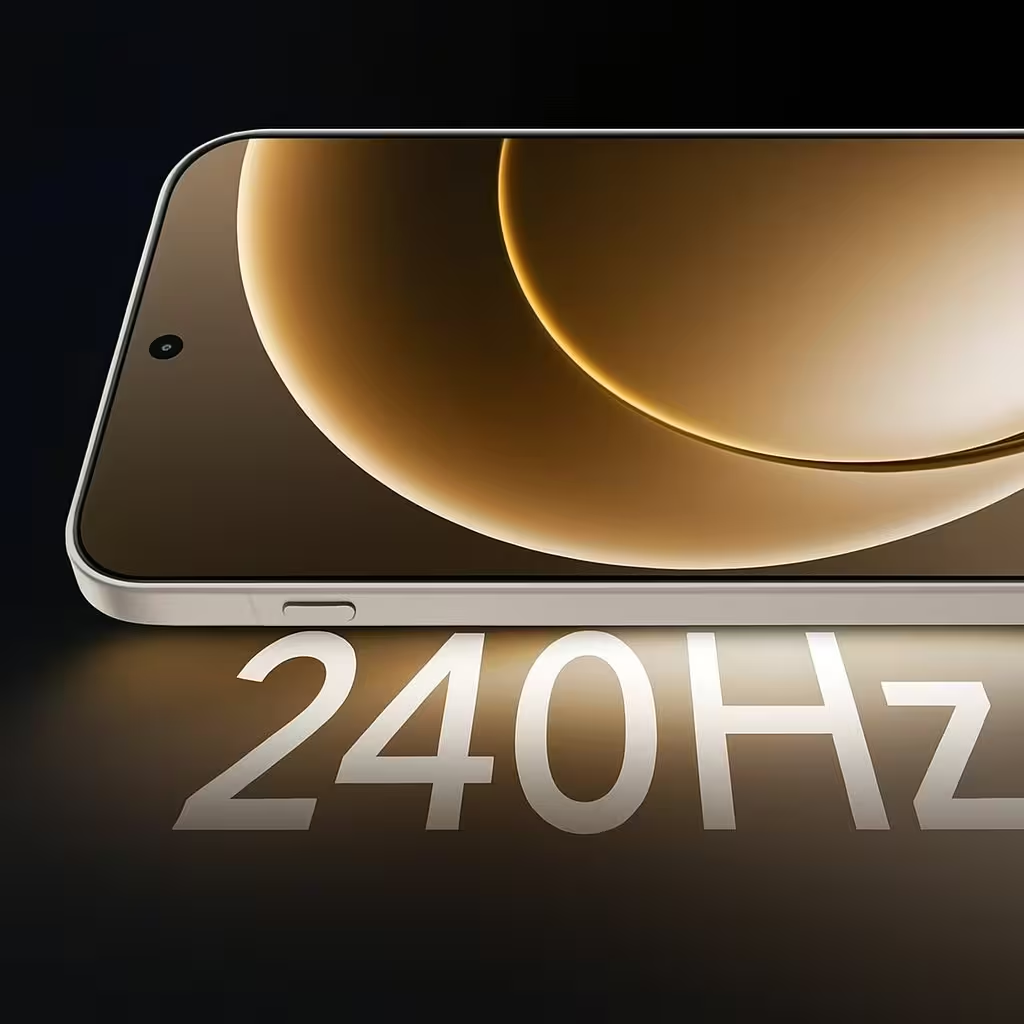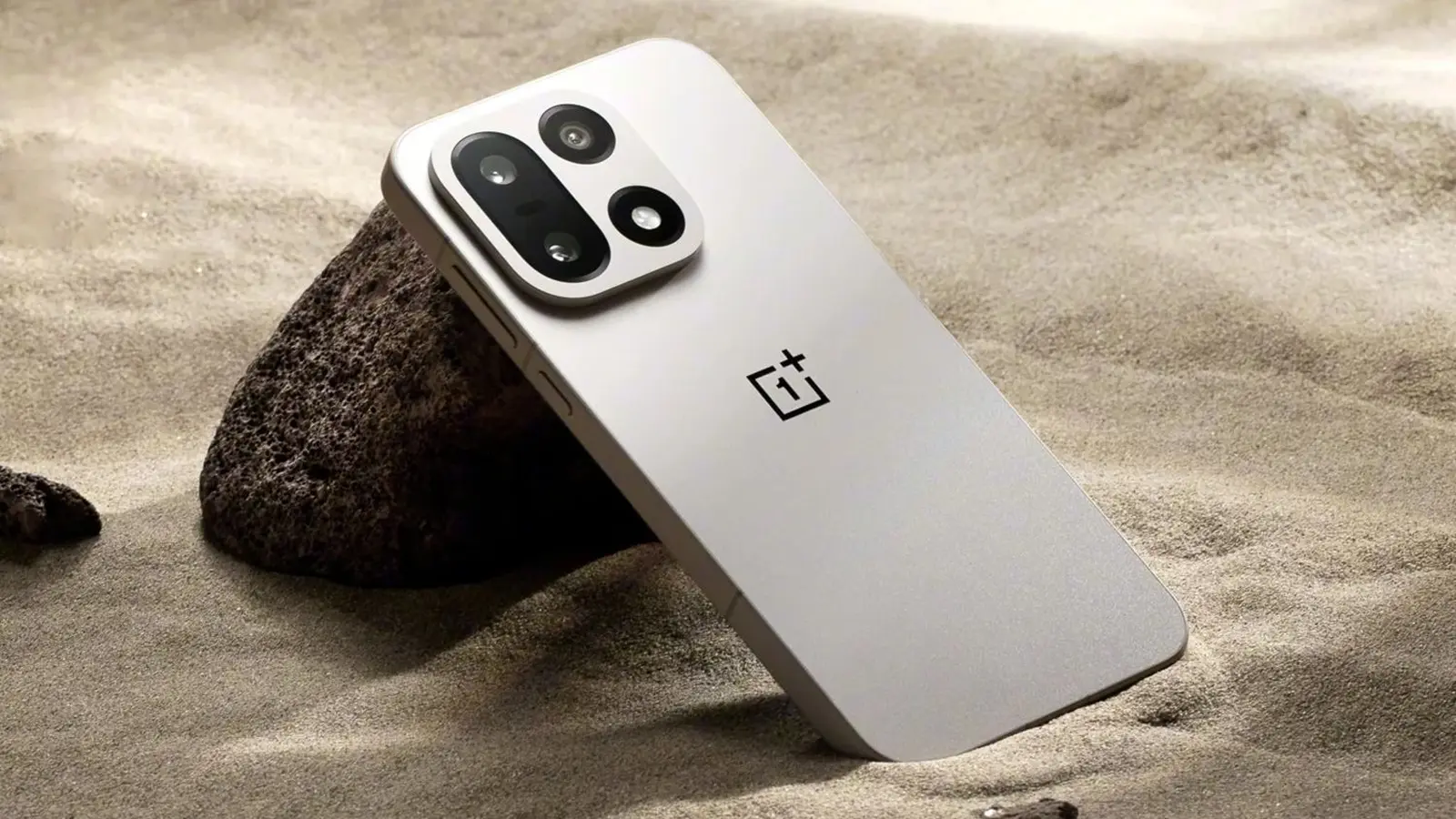3 Minutes
Rumors suggest OnePlus is preparing to push mobile displays to a new extreme: a dynamic 240Hz refresh rate. The idea is bold — double the speed of most current flagship panels — but it raises immediate questions about practicality, battery life, and what users would actually gain.
From 165Hz to a possible 240Hz leap
OnePlus' recent pivot toward performance-first phones started with the OnePlus 15, which delivered the brand's smoothest screen yet at 165Hz. To hit that refresh rate the company traded down on resolution, dropping from a 2K class panel on the OnePlus 13 to a 1.5K display on its successor. That compromise was driven by technical limits as much as cost-cutting — and it shows the kind of tradeoffs manufacturers face when chasing silky motion.
What the rumor says
According to a post by the OnePlus Club, OnePlus is reportedly working on a device with a dynamic 240Hz refresh rate. Details are thin: no name, no specs, and no launch window beyond a vague 'in the coming years' timeline. Still, the message is clear — OnePlus wants to double down on perceived smoothness as a core selling point.
Why 240Hz could make sense — eventually
On paper, 240Hz promises an ultra-fluid experience for animations, scrolling, and fast-paced gaming. Imagine motion so refined it reduces perceived input lag and blur during intense action sequences. For gamers and pro users with the right apps, the difference could be noticeable.

But the ecosystem needs to catch up. Very few mobile apps and games currently take full advantage of 120Hz or 144Hz, let alone 240Hz. That means hardware, game engines, and OS-level optimizations will need to evolve in parallel before most users see real benefits.
Balancing act: resolution, power, and practicality
Pushing to 240Hz introduces tough engineering tradeoffs. Higher refresh rates can dramatically increase power consumption, so manufacturers must improve battery capacity, efficiency, and software-level refresh management. Dynamic refresh technologies help by scaling frame rates to content, but delivering a crisp image and long battery life simultaneously is still challenging.
Resolution is another constraint. OnePlus' recent move to a lower-resolution panel to achieve 165Hz shows the pressure designers face: do you prioritize pixel density or frame rate? Striking the right balance will determine whether a 240Hz phone feels like a genuine upgrade or a gimmick.
Is 240Hz overkill or the next frontier?
Short-term, 240Hz feels like a niche feature for enthusiasts and competitive mobile gamers. Medium- to long-term, it could become meaningful if chipsets, software, and content evolve to use it. Expect OnePlus to experiment first on a flagship-like device, testing how far users will notice and appreciate ultra-high refresh rates.
For now, treat the 240Hz talk as an intriguing signal of OnePlus' direction: a company leaning more into high performance and display innovations. Whether the wider market follows depends on whether that extra smoothness can be delivered without painful tradeoffs.
Source: gizmochina


Leave a Comment